A guide for introducing a new puppy to your existing dog
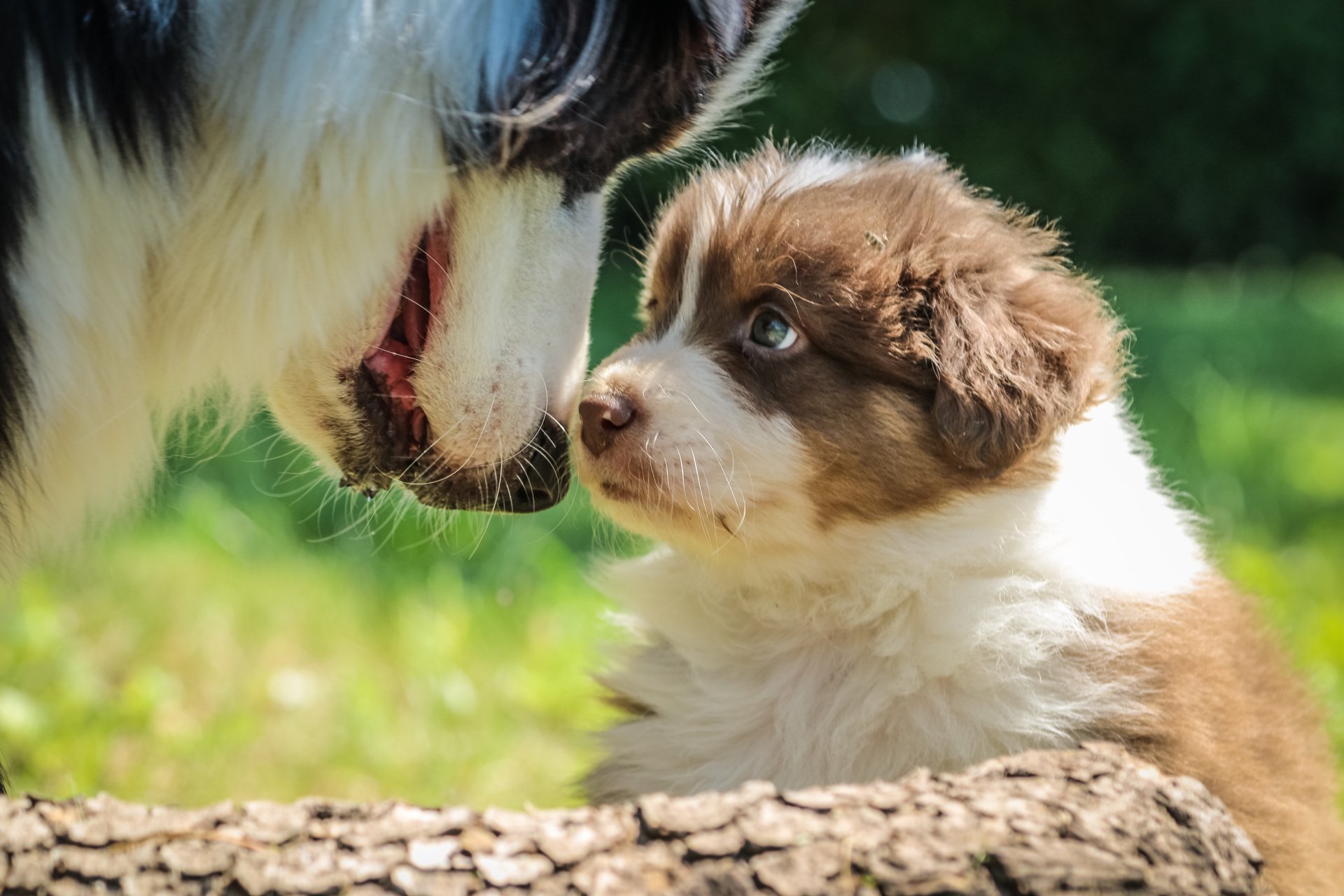 So you’ve fallen in love with a new pooch and want to make sure that your current dog loves the new addition as much. Introducing a new puppy to an existing dog can be an exciting process, even if sometimes a little challenging.
So you’ve fallen in love with a new pooch and want to make sure that your current dog loves the new addition as much. Introducing a new puppy to an existing dog can be an exciting process, even if sometimes a little challenging.
However, having a canine companion can be good for existing dogs. It means they have company for when you’re busy or not available.
Learn about the Tibetan Mastiff dog breed
Your guide for a pawsitive introduction
We’ve put together some tips to make new puppy introductions go as smoothly as possible.
Tips for introducing a new dog to a current one
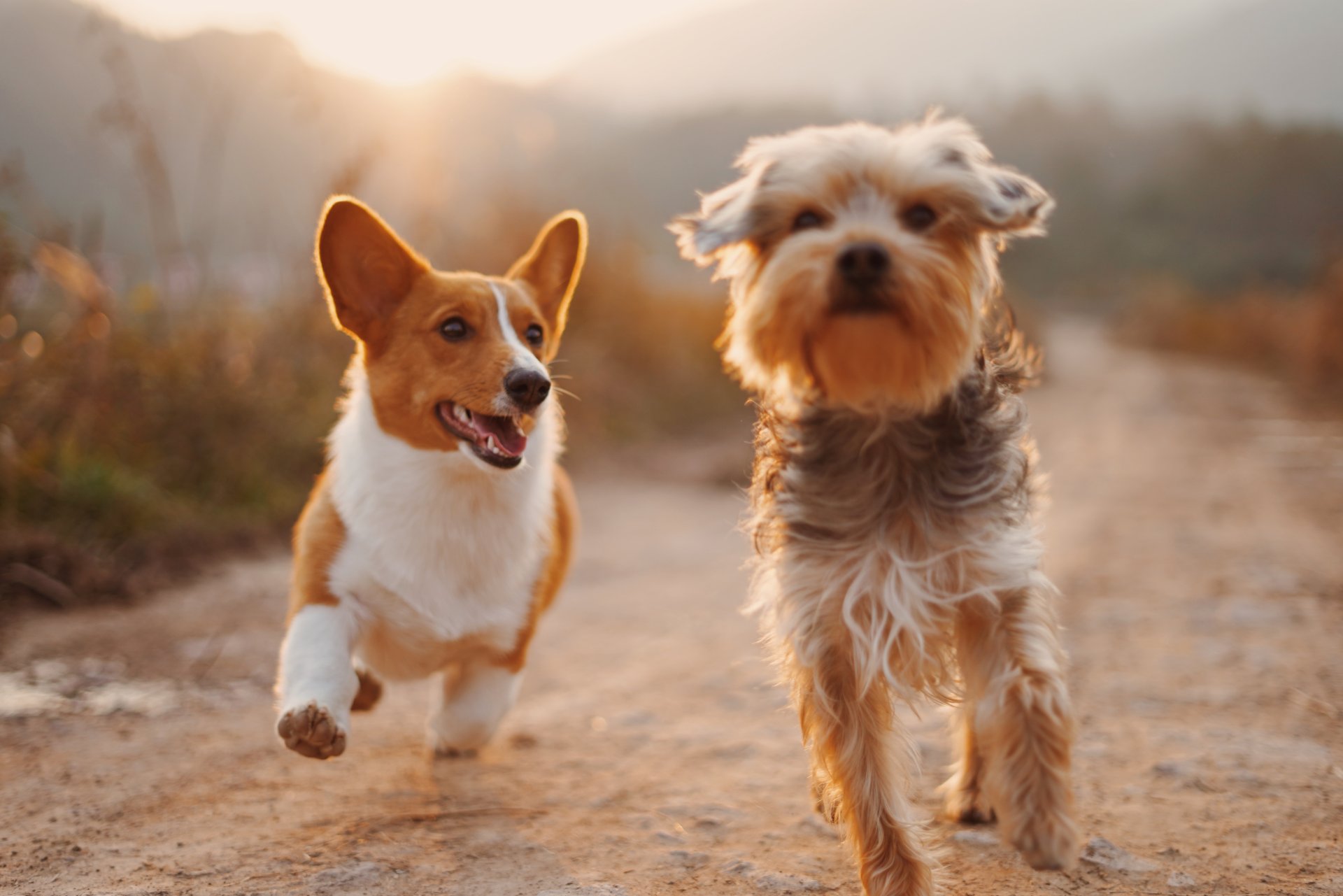 1. Choose a neutral location.
1. Choose a neutral location.
It’s a good idea to get the dogs to meet in a more neutral location. This can help your existing dog feel less territorial. Consider using areas like a local park or a friend’s garden as a place for them to meet.
2. Keep the dogs on a leash if possible.
To give you better control over the situation, having at least your existing pooch on a lead will help during the first introduction. This way you’ll be able to quickly separate the two if needed.
Just bear in mind that a puppy might be quite opposed to wearing a collar and a leash initially.
3. Start small and work up.
Having a short introduction and working up can definitely help improve the chances of the two dogs getting on. Keeping the interaction short and positive is best.
After the meeting, make sure to reward both dogs with plenty of treats and praise.
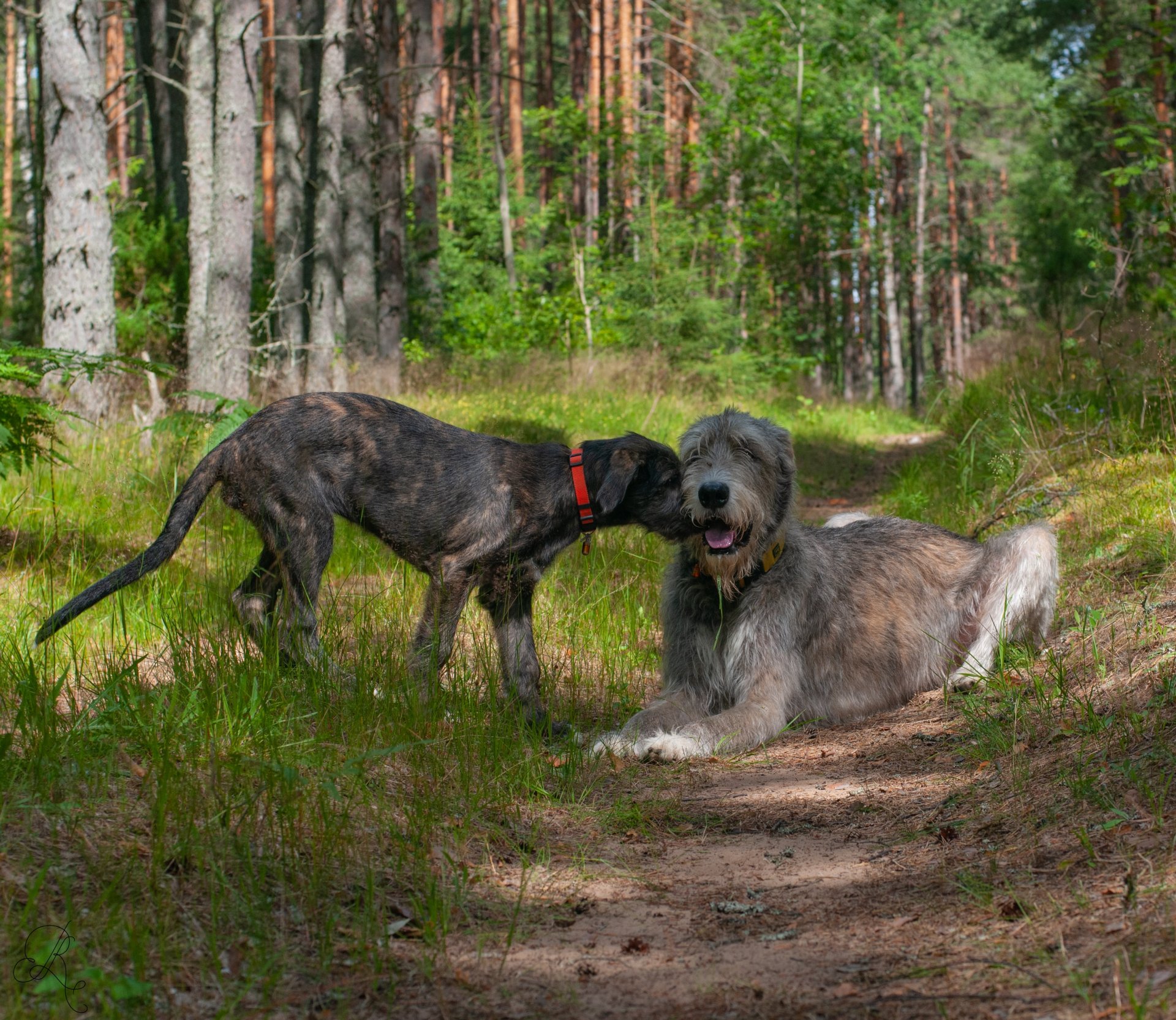 4. Observe but only get involved if you need to.
4. Observe but only get involved if you need to.
Letting both dogs sniff, circle and explore is best. This way you’re letting them establish a relationship the way they need to. You should only get involved and mediate if you need to.
5. Watch each dog’s body language.
Observe both dogs’ body language to make sure they’re comfortable with each other and the situation. Key things to look for are signs of aggression, fear, or anxiety, such as growling, snapping, or cowering.
6. Make sure you supervise meetings.
Supervise all interactions between the dogs until you’re sure they get along. Never leave them alone together until you’re confident they won’t fight.
7. Give each dog a separate food and water bowl.
Dogs can become territorial over their food and water. So making sure that each dog has their own food and water bowl can go a huge way to prevent conflict.
8. Give each dog its own space.
It’ll be hugely important to make sure that each dog has their own space. This way they can retreat to a safe space if they start to feel overwhelmed or stressed. Ideas could be a crate, bed or even a separate room.
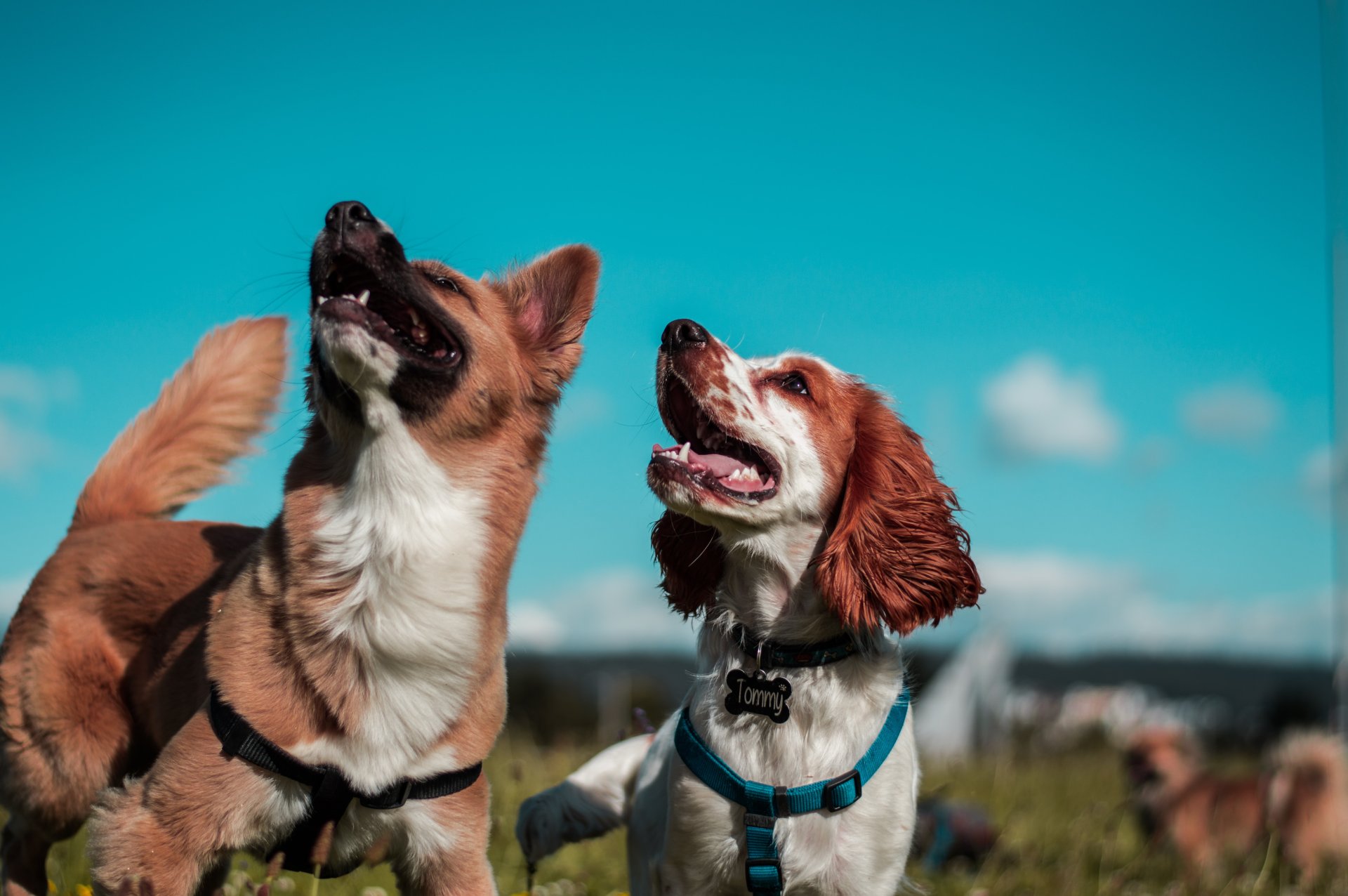 9. Be patient.
9. Be patient.
Introducing a new puppy to an existing dog takes time and patience. Be prepared for setbacks and don’t rush the process. With patience and consistency, the dogs will learn to coexist happily.
10. Wherever possible, gradually introduce them.
Gradually introduce the new puppy to the existing dog over several days or even weeks if possible. Introducing them slowly over time will make sure that they’re able to adjust to the other’s presence.
11. Exercise before introductions.
Help each dog release pent-up energy and stress before the meeting by giving them plenty of playtime and exercise. This will help make the meetings much calmer and more relaxed.
12. Always reward each dog after a positive interaction.
Using positive reinforcement to reward desirable behaviour during the introduction will go a long way towards helping them happily coexist. Ideas of positive reinforcement could be treats, praise or even playtime.
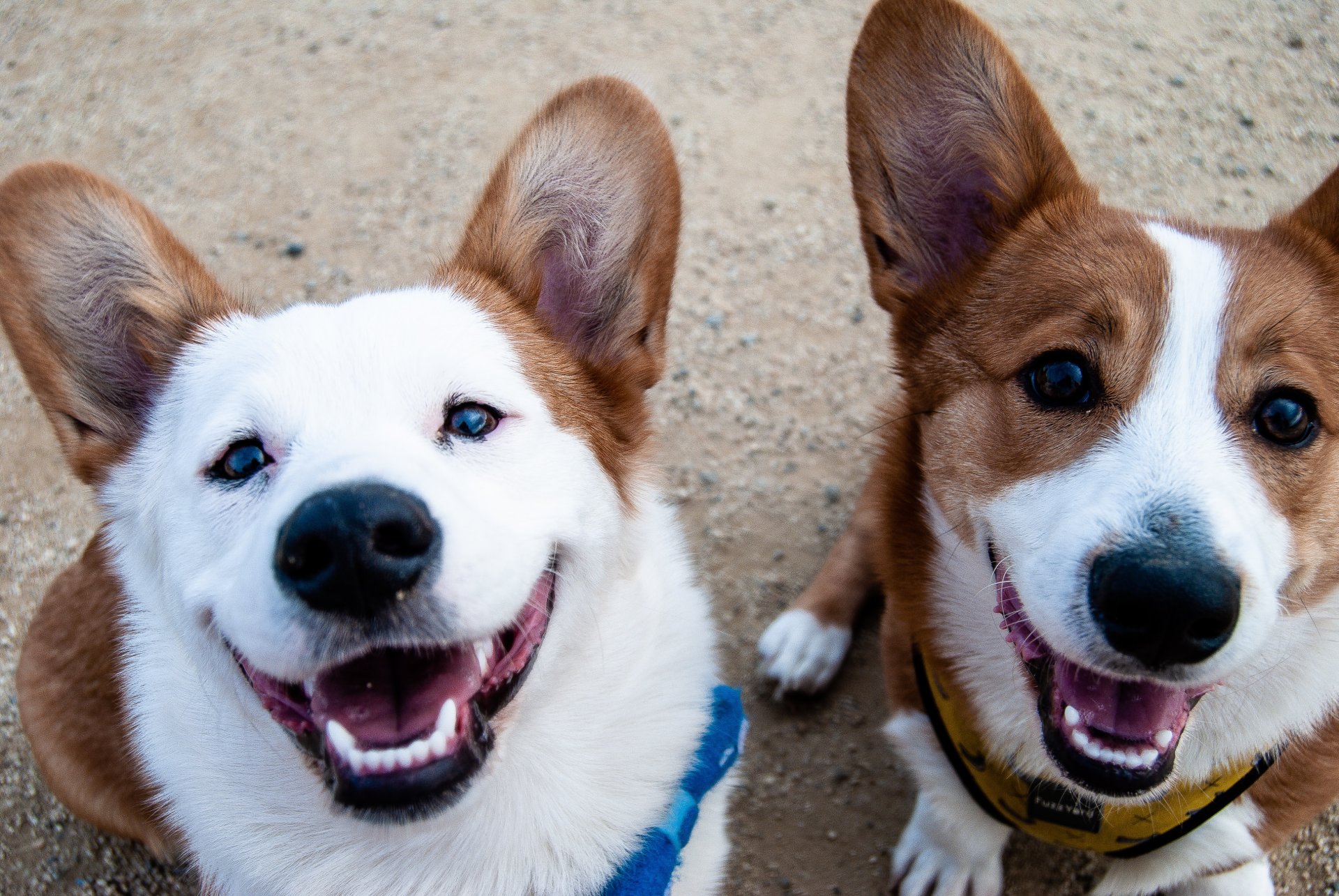 13. Consider age and temperament.
13. Consider age and temperament.
This is more of a preventative consideration than a tip to try to introduce them. The age and temperament of both dogs will hugely affect how introductions go.
If the current dog is older or has a history of aggression towards other dogs then make sure to take extra precautions. Or consider being a single-dog household.
14. Introduce scents before they meet.
Making sure that each dog is familiar with the other’s scent can go a long way to making sure the introduction goes well. Allowing each dog to smell the other’s bedding or toys will help do this.
13 Dog-friendly puppy breeds
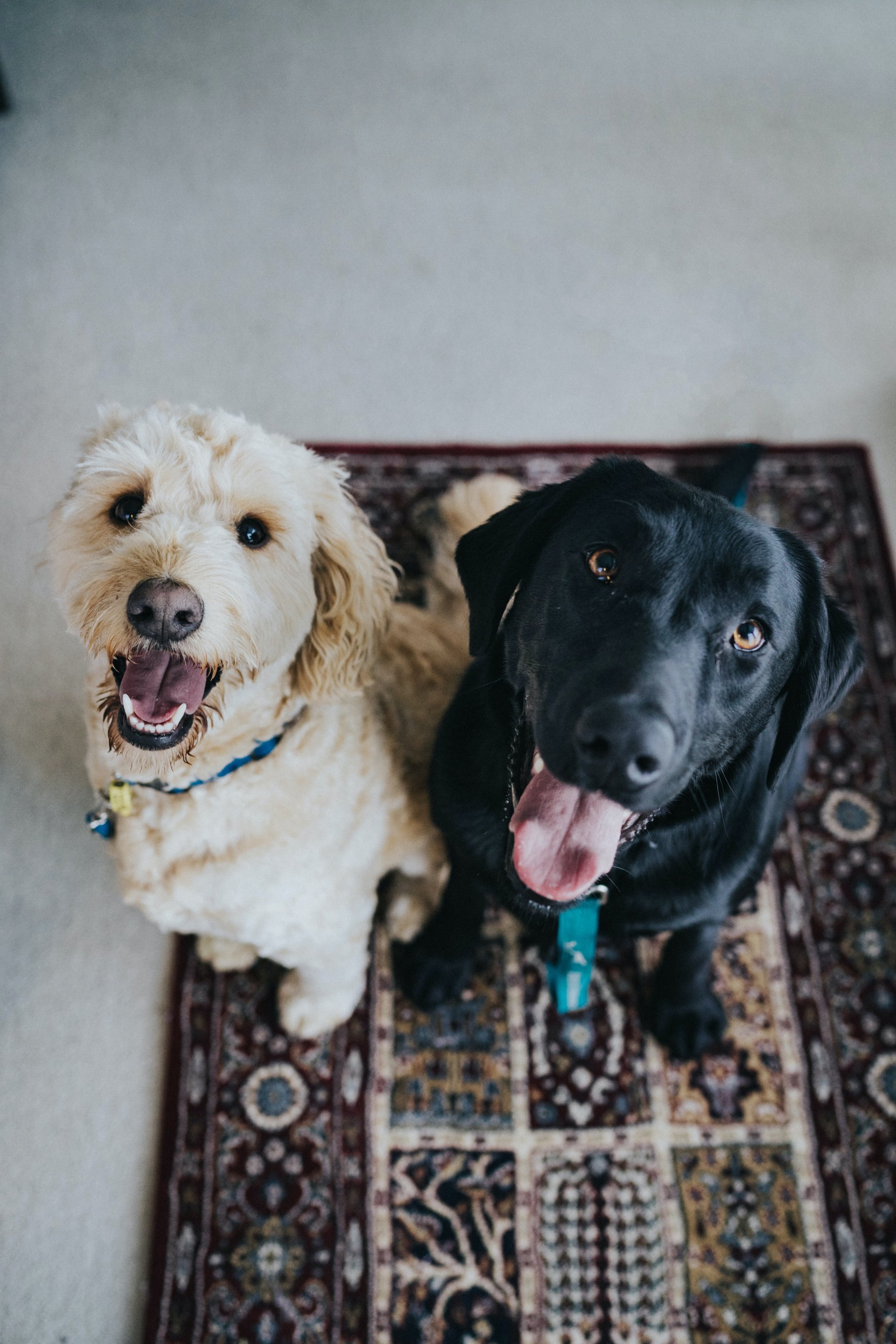 Things to remember when introducing a new dog to an existing one
Things to remember when introducing a new dog to an existing one
Remember that every dog is different. The introduction process for some might take much longer than for others. The key is to be patient. If you’re worried or concerned by behaviour then consider seeing a professional dog trainer or behaviourist.
By following these tips, you can help give your new puppy and existing dog the best chance of becoming best friends.
Find puppies for sale
Why Forever Puppy is the best place to find a new dog